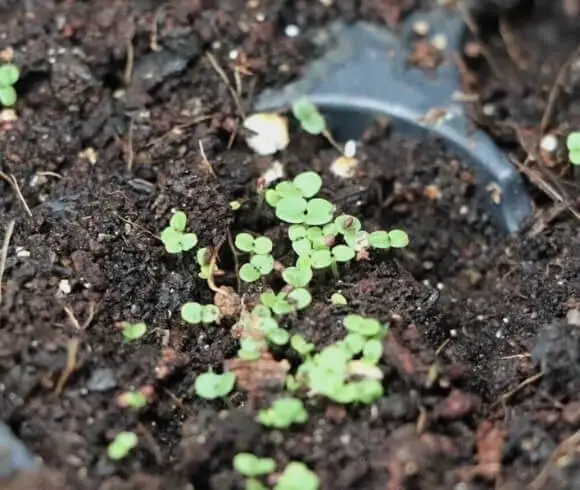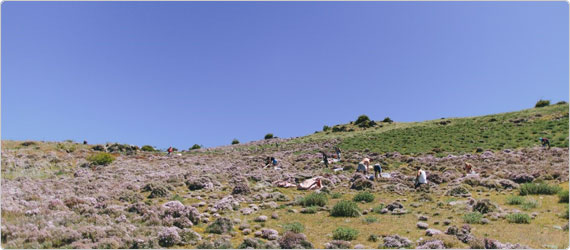
To encourage plant growth in the shade of trees, consider pruning some lower branches to let in light and improve air circulation. More: Learn about mountain laurel, a beautiful, shade-tolerant native shrub. With the exception of wildflowers that bloom before leaves fully develop on overhead trees, few plants can thrive in dense shade unless they receive ambient or reflected sunlight.
GROWING THYME IN CENTRAL TEXAS FULL
In full or dense shade, there is no direct sunlight. In filtered or dappled shade some sunlight is blocked by overhead trees or structures such as lattices. An area is in partial shade or light shade when it receives a minimum of six hours of direct sunlight, but at least four of them are in the morning when the sun is less intense.

To assess the intensity and duration of shade, horticulturists have come up with a few simple terms to qualify it. Numerous herbs can grow in the sun in the North but need protection from the intense light in southern areas in the summer. The exact amount of shade a particular herb needs or tolerates depends on the intensity of the summer sun and varies depending on the region. Gardening with herbs in the shade can be an excellent retreat from the sun. Though it is true that most herbs prefer full sun, there are some that thrive in shade or require at least some shade for their best performance.
GROWING THYME IN CENTRAL TEXAS HOW TO
How to Create an Herb Garden in the Shade Technical Assistance for Community Compost Sites.Purple fountain grass has both purple foliage and blooms and is another popular landscaping option. One of the most common varieties is dwarf fountain grass and its light tan blooms turn pinkish brown in the fall.

There are different types of fountain grass from which to choose, ranging in size from 12 inches to 3 feet. During fall and throughout winter, this plant will also reward growers with spectacular foliage displays. The small flowers of fountain grass are tan, pink or purple. It can be used alone as a specimen plant or in a border alongside other perennials.īlooming of its foxtail-looking flowers generally takes place from late summer through the fall. Clump-forming grasses grow in mounds or clumps, making them ideal for many areas without becoming invasive.

Fountain grass is a mound-forming, perennial ornamental grass and a garden and landscaping favorite, as the care of fountain grass is easy. The cascading leaves on this plant have a fountain-like appearance, thereby giving the grass its name. Citrus trees flower and produce fruit on both new and previous year’s growth so wait to prune until after they have bloomed in the spring. The unpredictable winter weather in this area does sometimes create challenges since it can affect the maturity time of the fruit and damage or kill some trees when temperatures fall below 28 degree so insure the tree is protected during cold weather. Avoid the trees sitting in saturated water as that will cause it to quickly die.

With Central Texas averaging slightly under that amount annually, it will need supplemental watering for the life of the tree. They will provide wonderful fruit and make a beautiful and fragrant when blooming, to your landscape.Ĭitrus trees need plenty of rich, well-drained soil and ample sunlight as well as 40 to50 inches of rain to get an excellent harvest. They are best planted in the late spring after the weather has warmed up and there is no danger of frost. Just a handful of states in the US can claim climates that are suitable for growing citrus trees and Texas is one of them.


 0 kommentar(er)
0 kommentar(er)
